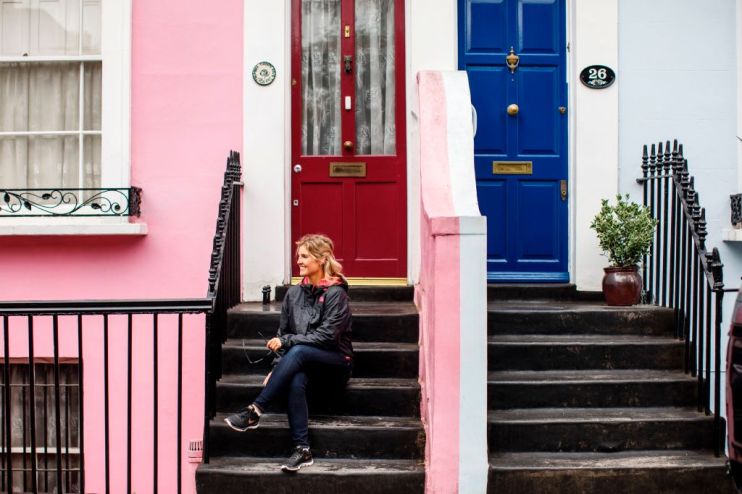London house prices flatline amid coronavirus uncertainty

London house prices stayed flat in the second quarter of this year as coronavirus took an uneven toll on the property market across the country, according to new figures.
The Halifax house price index on Tuesday showed that UK house prices fell for the fourth month in a row in June. That meant house prices dropped by 0.9 per cent in the second quarter of the year.
However, the average fall masked sharp differences across the country. In London, house prices stayed the same in the second quarter, with the average home costing £500,632, according to data firm IHS Markit’s new breakdown of Halifax’s figures.
Yet in Scotland, prices plunged by 4.2 per cent quarter on quarter. Wales on the other hand saw the biggest rise in house prices, which were up 1.8 per cent. In the south east, prices dropped by 0.8 per cent quarter on quarter to an average of £331,547.
The second quarter was “characterised by opposing forces acting on the housing market,” said Paul Smith, economics director at IHS Markit.
He said some transactions put on hold in March as coronavirus struck were picked up again when restrictions on the housing market were eased in May. People who have maintained their incomes and saved during lockdown were also able to move forward with plans to buy new homes.
Yet Smith said there are “signs of growing uncertainty amongst buyers” as economic fears about the impact of Covid-19 kick in.
Many agents say the property market is seeing a temporary respite and is benefiting from pent-up demand while the government supports jobs.
Stamp duty cut welcomed by property firms
On Wednesday, chancellor Rishi Sunak attempted to jump-start the housing market by slashing the property tax known as stamp duty.
He announced a “holiday” for stamp duty, meaning the threshold at which it is paid will be raised to £500,000 from £125,000 until March.
The change is aimed at helping younger buyers on to the housing market by reducing the costs in the lower and middle of the market. The chancellor also hopes that it will encourage people to move house and spend money on things like new fridges and furniture.
Greg Fitzgerald, the chief executive of housebuilder Vistry Group, said the timing of the announcement “could not be better”.
“We believe this initiative will give customers the extra confidence needed to take the exciting step of owning a home or moving up the property ladder.”
House prices still ‘likely to fall’
However, Smith said that the property market still faces strong headwinds. There is likely to be a surge in unemployment as government support schemes are wound down.
“On balance, further price falls seem most likely in the second half of the year,” he said.
IHS Markit said affordability improved slightly in the second quarter, in a small piece of good news for potential first-time buyers.
The average UK house price-to-earnings ratio slipped to 6.18 during the second quarter compared to 6.2 in the first. However, that ratio is over 12 in London, according to the Office for National Statistics.
In London, house prices rose by 2.8 per cent in the second quarter compared to a year earlier.
London remains by far the most expensive place to live in London. IHS Markit said prices are typically 1.5 times higher than in the south east, the second most expensive region. They are typically around triple house prices in the north east, the cheapest region.